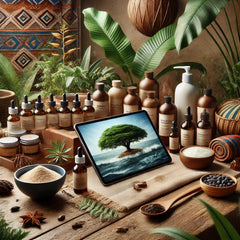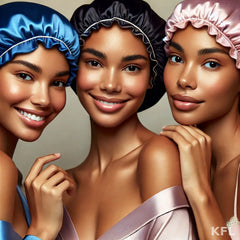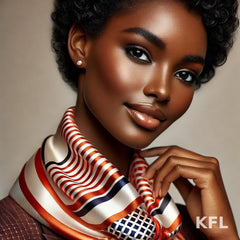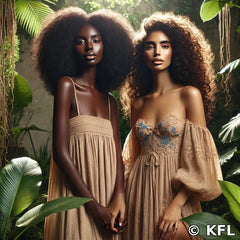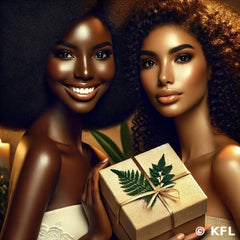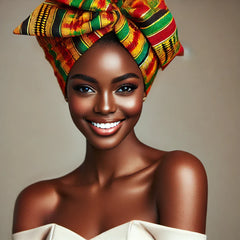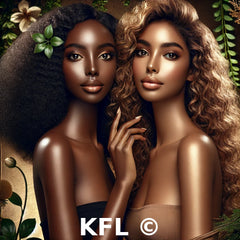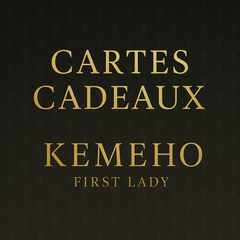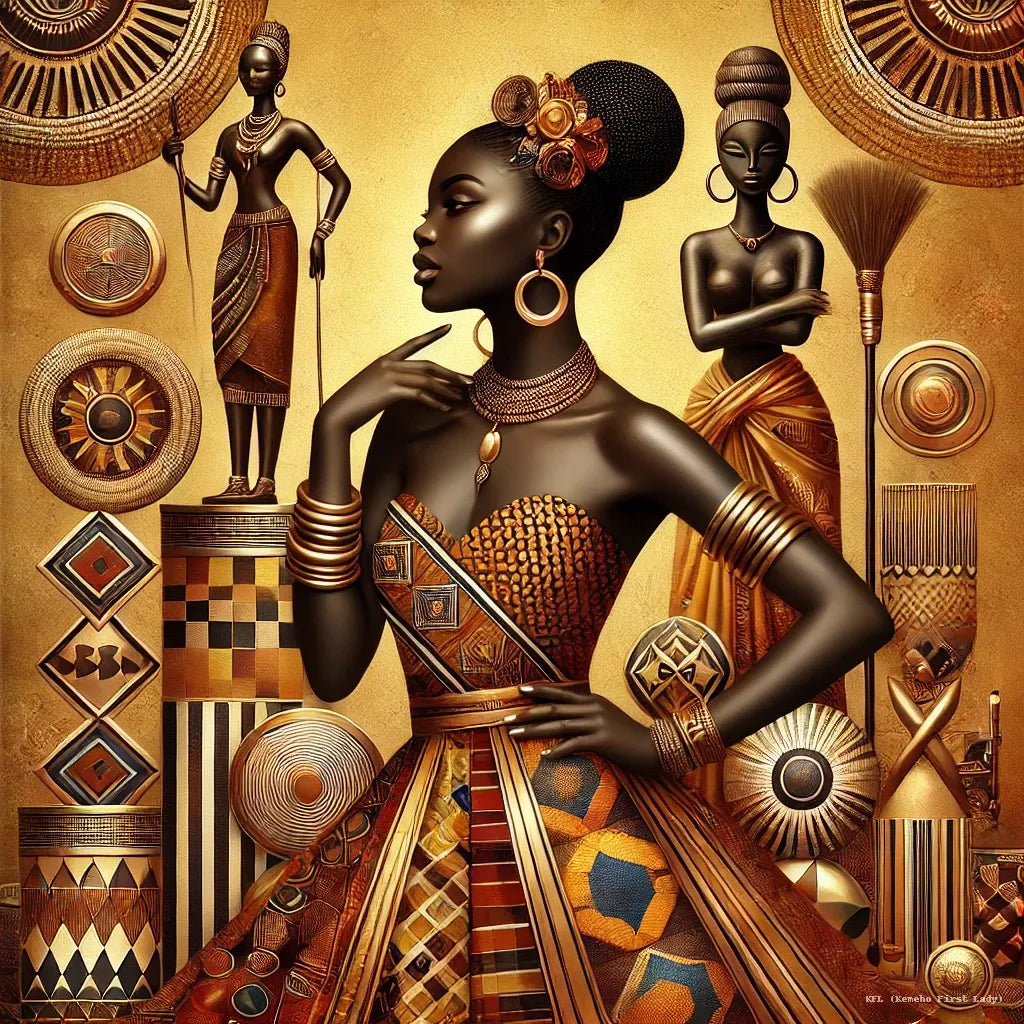
The Significance of African Art in Shaping Global Trends
Share Label
African art has always been an inexhaustible source of inspiration for creators around the world. From traditional geometric patterns to tribal sculptures, vibrant textiles, and ancestral jewelry, Africa’s influence permeates fashion, design, and beauty.
However, this inspiration has often been appropriated without recognition of the cultures from which it originated. Let’s explore the impact of African art on global trends and its role in redefining luxury and style.
African art has always been an inexhaustible source of inspiration for creators around the world. From traditional geometric patterns to tribal sculptures, vibrant textiles, and ancestral jewelry, Africa’s influence permeates fashion, design, and beauty.
However, this inspiration has often been appropriated without recognition of the cultures from which it originated. Let’s explore the impact of African art on global trends and its role in redefining luxury and style.
-
African Art: An Ancestral Treasure
For centuries, Africa has been a cradle of creativity and artistic innovation.
🎨 The geometric motifs and symbols found in textiles such as bogolan, wax, and kente carry deep meanings and tell stories.
🎨 Wooden sculptures and African tribal masks, omnipresent in tribal art, have influenced artistic movements such as Cubism and European modern art.
🎨 Traditional jewelry made of gold, copper, and beads are strong elements of African cultural identity and have inspired major jewelry houses. -
The Impact of African Art on Fashion and High Couture
Fashion designers have often drawn from African aesthetics to enrich their collections.
👗 Yves Saint Laurent was inspired by the vibrant colors and patterns of African designs for his creations.
👗 Jean-Paul Gaultier and Stella McCartney have incorporated African fabrics into their runway shows.
👗 A new generation of Afro-descendant designers, such as Kenneth Ize and Thebe Magugu, proudly embrace their heritage by modernizing African textiles. -
African Influence in Interior Design and Decor
🏡 African style is omnipresent in modern decoration with elements such as:
✅ Ethnic prints and traditional patterns on cushions, rugs, and wallpaper.
✅ Sculptures and handcrafted objects that add an authentic touch to contemporary interiors.
✅ The use of natural materials like rattan, wicker, and clay, which are highly valued in minimalist and eco-friendly design. -
Cultural Appropriation or Celebration of African Heritage?
Unfortunately, African inspiration has often been used without acknowledging the original artists and artisans.
⚠️ Many Western brands market clothing inspired by African fabrics without crediting their origins.
⚠️ African art was looted during colonization, and some Western museums still display pieces without returning them to their countries of origin.
⚠️ The rise of African and Afro-descendant creators is finally allowing them to reclaim their narrative and highlight the authenticity of their art. -
The Rise of African Brands on the Global Stage
Today, Africa is asserting its place in the luxury and design industries.
✨ Designers like Lisa Folawiyo, Christie Brown, and Imane Ayissi merge tradition and modernity to offer unique collections.
✨ African brands are emerging on the international scene, showcasing local craftsmanship and ethical practices.
✨ African art is now celebrated through collaborations between African designers and major fashion houses.
Conclusion
African art is more than just a trend; it is a living heritage and an invaluable source of inspiration. Recognizing its influence and honoring the artists and creators who have shaped it for generations is essential. Today, Africa is reclaiming its place in the worlds of luxury, fashion, and design, boldly affirming its cultural identity and creative genius.
📢 Want to learn more about African history and culture? 🌍✨ Dive into our Africa Travel Guide to discover fascinating traditions, iconic landmarks, and tips for an authentic journey. Click here to learn more 👉 Africa Travel Guide

